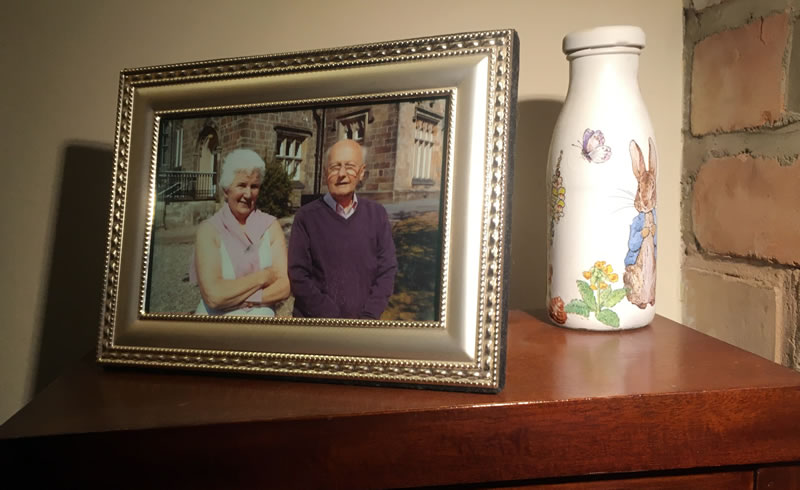Nervous about moving your loved one into a care home? Packing up your belongings and moving into a care home is a big step for anyone. Here are some simple tips on how to make their new room feel less clinical, less intimidating and more homely.
Of course there has to be a balance between safety, functionality and décor especially for dementia units and hospices, however with a few small changes you can vastly improve a rooms atmosphere.
Most care homes are only too happy for you to bring your own home comforts. After all they want you or your relative to be happy and stay. If you want to bring large items of furniture or hang items on walls you’ll have to check with the home manager first.
Once you know the guidelines you can begin to filter through your loved one’s possessions. Try to include them in this process, it encourages them to be involved and allows them to choose items that are important to them.

Astonishingly smell is the most important sense linked to memory. People remember 35% of what they smell and 5% of what they see. Smell can evoke vivid memories and feelings of nostalgia. Smell can be the most comforting thing of all. Our sense of smell is the closest to our hippocampus, this is thought to be the area of our brain closely associated with memories. Every home has a familiar scent that’s difficult to replicate . By bringing personal items such as slippers, house coats, woolly blankets, teddy bears and soft furnishings that generally hold there familiar smell will help with their transition.
Family photo Ideas. Photos of loved ones, friends and holidays may seem obvious but if possible, put a few in walkways and more importantly, displaying their favourite ones at eye level can be a far better option than placing them all on a sideboard. Create multiple montages and get some of their favourite ones blown up to A3 size. This makes compelling viewing and is a fabulous talking points for visitors.
Familiar items such as furniture, their favourite book, CD’s and ornaments. Try to bring as many familiar items as possible. This will help ease the transition, these don’t have to be big items; it can be their favourite chair or bookcase.
Radio. The familiar sound of a regular presenter can be comforting. Many people will remember listening to Terry Wogan, Jimmy Young or Ed Stewart to the point that you think you personally know them. Listening to Desert Island disks or the Steve Wright show is less intrusive than watching the TV and can be a reassuring background noise.
Don’t forget their favourite duvet! This may seem like a simple idea, but can bring comfort and familiarity.
Decorations and material items can work wonders for a new environment, but remember by far the biggest and easiest way to make a home more homely is with the familiar face of friends and family. Visit and call as often as you can and ask friends and siblings to do the same.



